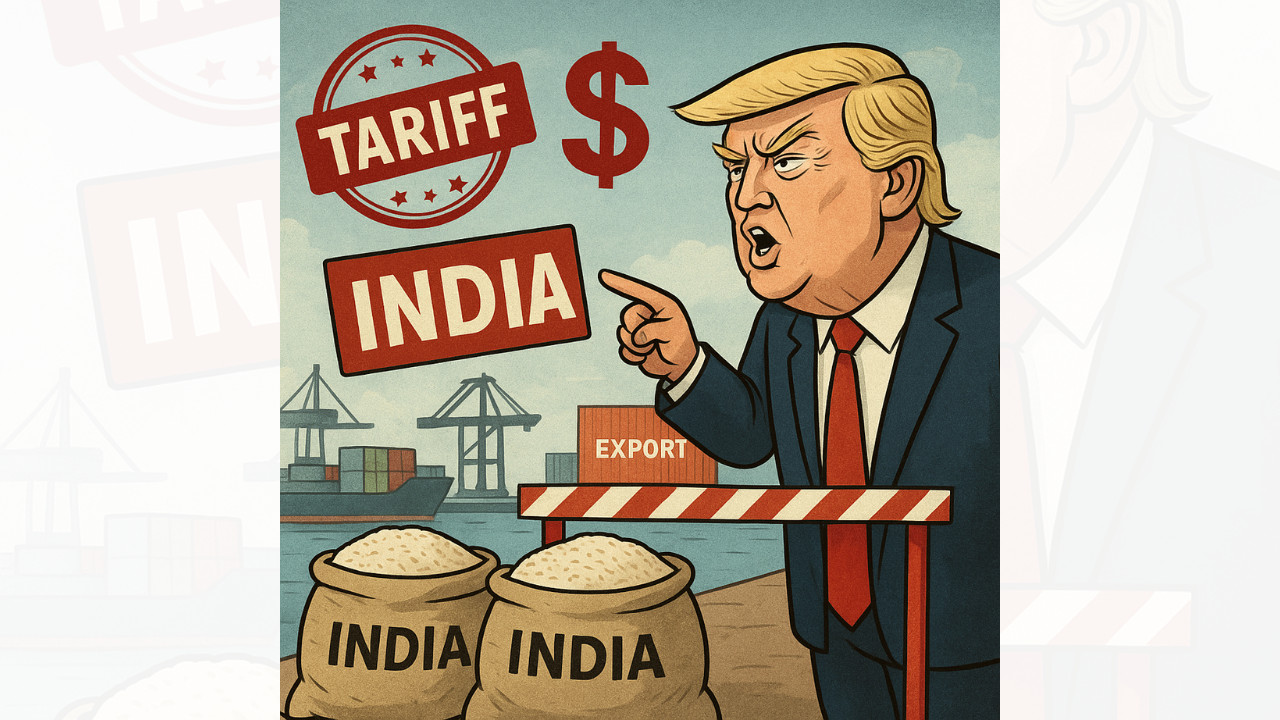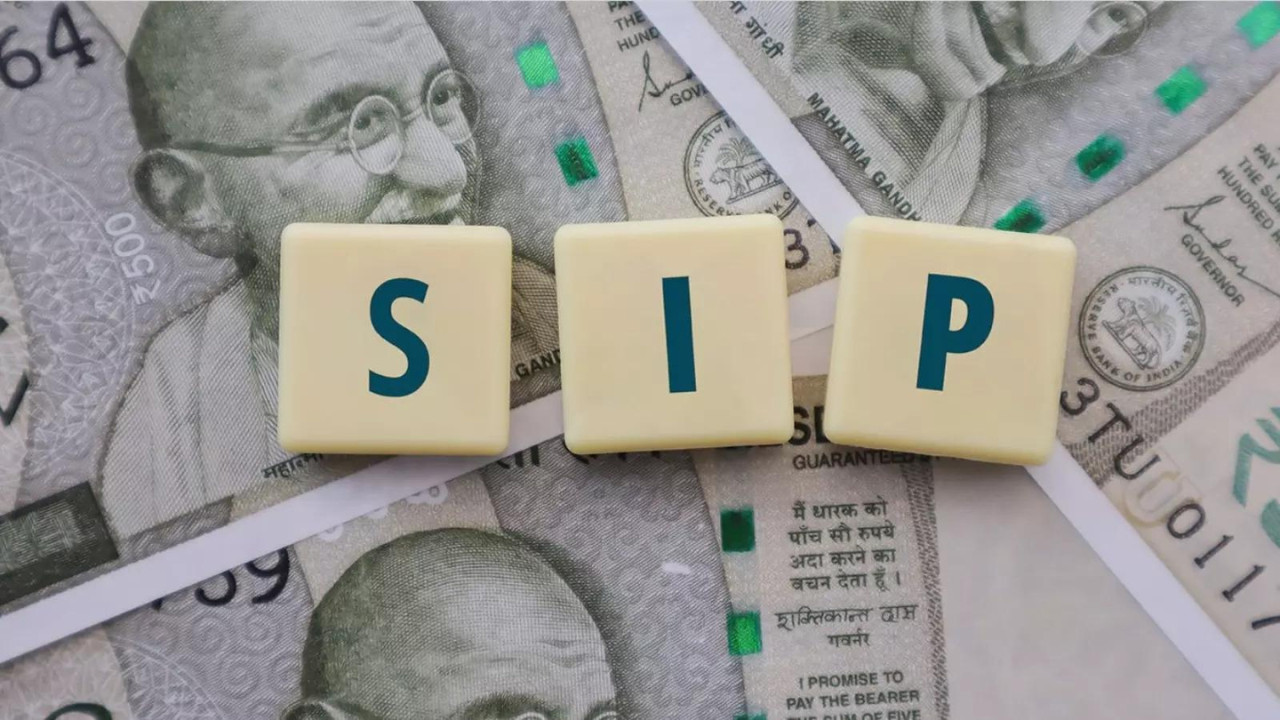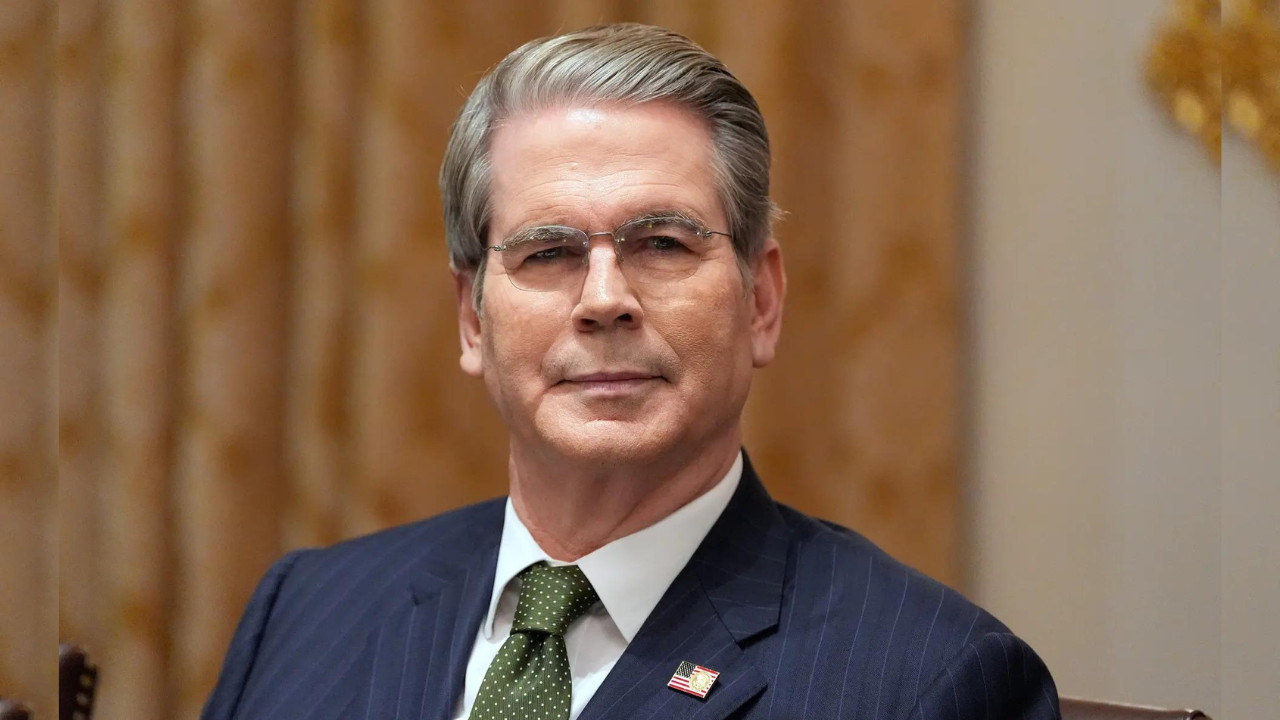Navigating the Tariff Terrain: How Trump’s Trade Winds Could Impact Indian Exports
Donald Trump’s call for a universal baseline tariff of 50% on all imported goods into the United States has sent ripples across global markets, and India is no exception. While still a proposal, the potential impact on Indian exports could be significant, demanding careful consideration from businesses and policymakers alike. Let’s delve into the possible consequences and which sectors might feel the strongest headwinds.
The prospect of a blanket 50% tariff is undeniably bold, even by Trump’s standards. It departs sharply from traditional trade practices and could fundamentally reshape international commerce. For India, a nation striving to enhance its global trade footprint, this poses both challenges and opportunities. The initial shockwaves have already been felt, with concerns mounting about the competitiveness of Indian goods in the US market.
Sector-Specific Vulnerabilities: Identifying the Hotspots
While the full implications will depend on the fine print (if the proposal ever becomes policy), some sectors appear particularly vulnerable.
* Textiles: India’s textile industry, a significant exporter to the US, could face a substantial setback. A 50% tariff would make Indian garments considerably more expensive, potentially pricing them out of the market and impacting thousands of jobs.
* Pharmaceuticals: While essential medicines might be somewhat insulated, certain pharmaceutical products could see reduced demand. This is a crucial sector for India, and maintaining its competitive edge is paramount.
* Engineering Goods: Engineering products, ranging from machinery to automotive components, represent a considerable portion of India’s export basket. These goods are susceptible to price competition, and a hefty tariff could shift demand towards domestic US manufacturers or other countries with more favorable trade agreements.
* Chemicals: The chemical industry, another strong performer in India’s export portfolio, is also in the line of fire. Increased tariffs could make Indian chemicals less attractive to US buyers, potentially leading to a decline in export volumes.
* Gems and Jewellery: This sector, known for its craftsmanship and unique offerings, relies heavily on the US market. A significant tariff hike could severely impact sales and profitability.
Beyond the Immediate Impact: Strategic Considerations
The ramifications extend beyond just individual sectors. A 50% tariff could disrupt established supply chains, forcing Indian companies to re-evaluate their sourcing and production strategies. It could also prompt a search for alternative markets, accelerating diversification efforts away from a reliance on the US.
Furthermore, the move could ignite a broader trade war, with other countries retaliating with their own tariffs. This tit-for-tat scenario would create a climate of uncertainty and hinder global economic growth. For information about other possible impacts, you may find this page discussing global trade concerns helpful.
However, amidst the anxieties, some see a silver lining. The proposed tariffs could incentivize Indian companies to focus on innovation, improve product quality, and enhance efficiency to remain competitive. It could also encourage the development of stronger domestic markets, reducing dependence on external demand.
Preparing for the Unknown: A Proactive Approach
Navigating this potential storm requires a proactive and multi-faceted approach. Indian businesses need to:
* Diversify their export markets: Explore opportunities in regions less susceptible to trade tensions.
* Enhance competitiveness: Invest in research and development, improve production processes, and focus on quality.
* Engage with policymakers: Advocate for policies that support exports and mitigate the impact of tariffs.
* Strengthen domestic demand: Foster a robust internal market to reduce reliance on exports.
* Assess supply chains: Rethink current supply chains, and consider shifting production to the US, or nearshore production where necessary.
The path forward is undoubtedly challenging, but by embracing adaptability, innovation, and strategic partnerships, Indian businesses can weather the storm and emerge stronger. The key lies in understanding the potential impact, proactively addressing vulnerabilities, and seizing new opportunities in a rapidly evolving global trade landscape. This 50% tariff proposal could spur the change needed to make the nation a leader, not just a participant, in the world market.
Conclusion:
The possibility of significantly higher US tariffs presents a formidable challenge for Indian exports. However, with strategic adaptation, diversification, and a focus on strengthening domestic capabilities, India can navigate these turbulent waters and continue its trajectory as a key player in global trade. It is now a time to assess vulnerabilities, innovate, and proactively chart a course toward sustainable and resilient growth.







